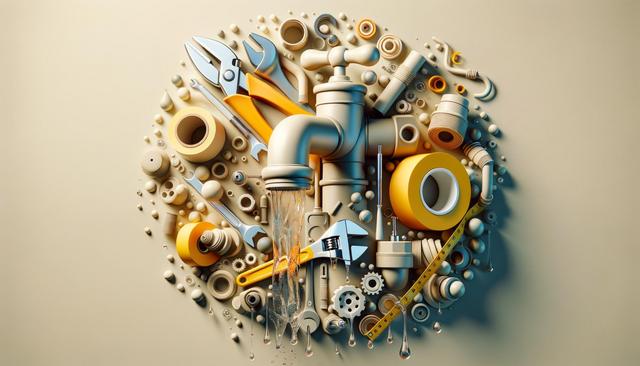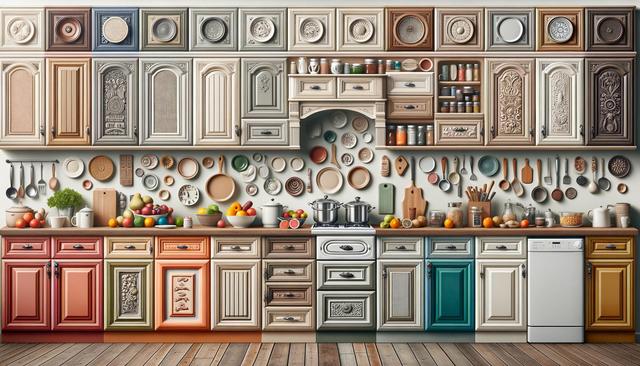Identifying the Source of the Leak
One of the most important first steps in water leakage repair is accurately locating the source of the problem. Leaks can originate from various places, such as broken pipes, faulty plumbing fixtures, or even roof damage. Signs like damp spots, mold growth, peeling paint, or a sudden rise in your water bill can help point you in the right direction. In many cases, the visible signs of water damage are just the tip of the iceberg, so thorough inspection is essential. Check both inside and outside your home, including under sinks, behind appliances, and around the foundation.
Some common areas to inspect include:
- Bathroom and kitchen plumbing
- Water heater and washing machine connections
- Roof and ceiling corners
- Basement and crawlspaces
Using tools like moisture meters or infrared cameras can help detect hidden leaks. If you’re unable to pinpoint the leak yourself, it may be wise to consult a professional who can accurately diagnose the issue and recommend the next steps.
Temporary Fixes While You Plan Permanent Repairs
Once a leak is detected, taking immediate action can help minimize damage until a permanent repair can be made. Temporary fixes are particularly useful if you’re waiting for a professional visit or need time to gather supplies. For small pipe leaks, plumbers’ tape or epoxy putty can provide a short-term seal. Bucket placement and towels can help contain water from ceiling leaks, while plastic sheeting can offer protection for furniture and flooring.
Here are a few practical temporary solutions:
- Use a pipe clamp or rubber patch for small pipe leaks
- Seal cracks with waterproof tape or silicone sealant
- Apply roofing tape or tarps for roof leaks
- Switch off water supply to the affected area if possible
Remember, temporary fixes are not substitutes for actual repairs. They’re meant to buy you time and reduce further water intrusion or damage while you prepare for a more permanent solution.
Permanent Repair Options and Techniques
Permanent water leakage repair depends on the source and severity of the leak. For plumbing-related issues, replacing damaged pipes or joints is often necessary. If the problem stems from faulty appliances or fixtures, replacing worn-out parts or upgrading to newer models may resolve the issue. Structural leaks, such as those from the roof or foundation, may require more intensive repairs like replacing shingles or sealing cracks with hydraulic cement.
Some effective long-term solutions include:
- Repiping sections of old or corroded plumbing
- Waterproofing basement walls and floors
- Upgrading window and door seals
- Installing a sump pump to manage groundwater
When tackling permanent repairs, it’s crucial to use high-quality materials and follow recommended procedures. Skimping on repairs can lead to recurring problems and increased costs in the long run.
Prevention and Maintenance to Avoid Future Leaks
Preventing water leaks before they occur can save considerable time, money, and stress. Regular maintenance and inspections should be part of every homeowner’s routine to ensure systems remain in good condition. Simple actions like checking pipe insulation, cleaning gutters, and monitoring appliance hoses can make a big difference in preventing leaks.
Key preventive measures include:
- Inspecting plumbing annually for signs of wear or corrosion
- Clearing debris from gutters and downspouts
- Testing sump pumps and backflow valves
- Maintaining caulking and sealants around windows and doors
Being proactive about maintenance not only reduces the risk of unexpected leaks but also extends the lifespan of your home’s infrastructure. Early detection and regular upkeep are your strongest tools against water damage.
When to Call a Professional
While many minor leaks can be handled with DIY methods, others require the expertise of a professional. If a leak is persistent, hidden, or causing structural damage, it’s best to bring in a licensed plumber or a water damage specialist. Professionals have access to advanced tools and the experience to diagnose and resolve complex issues effectively.
Consider professional help in the following situations:
- Multiple leaks in different areas
- Water damage affecting electrical systems
- Mold growth that won’t go away
- Leaks inside walls or under floors
Attempting to handle significant repairs without the proper skills can result in further damage and higher repair costs. A professional assessment ensures the issue is fully addressed and helps prevent recurring problems.
Conclusion
Water leakage is a common yet potentially serious issue for property owners. By learning to identify leaks early, applying temporary fixes, planning for permanent repairs, and investing in regular maintenance, you can protect your home from extensive damage. While some problems are manageable with DIY solutions, knowing when to seek professional help can make all the difference. With a balanced approach to prevention and timely action, you can maintain a safe, dry, and damage-free living environment.


